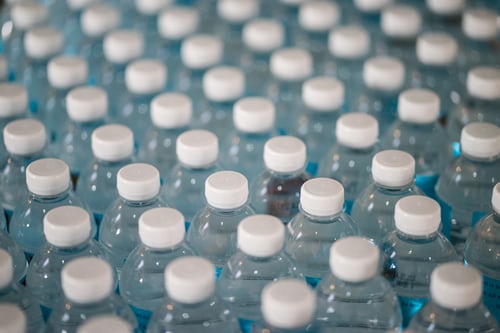What is Pet Plastic Bottle and Why It’s Becoming So Popular?
The most frequently used thermoplastic polymer on the planet is PET plastic. In the textile industry, the material is most generally called “polyester.” PET resin, sometimes identified as PET, is a semi-crystalline and transparent natural plastic that is used as a moisture barrier in fiber garments, packaging, bottles, and containers, as well as to boost the strength of technical plastics when combined with carbon nanotubes and glass fiber.
What makes PET Plastic so popular?
PET plastics are incredibly useful and popular because they can be heated, cooled, and reused without significant degradation. They also have an extraordinarily high strength-to-weight ratio, are practically shatterproof, and do not react with fluids such as water and food.
Many food goods, particularly carbonated soft drinks and water, are packaged in PET bottles, which are modern and hygienic. The key reason for its rising wholesale demand is its toughness to weight ratio, making it very durable, and lowering total manufacturing costs.
Also, They require little upkeep. HDPE bottle producers have created a product that outlasts even metal bottles in terms of durability. You won’t have to worry about maintenance because it doesn’t wear out like other materials.
How can I tell the difference between PET plastic bottles and other plastic bottle containers?
On the bottom or side of PET containers, the number 1 is usually molded, encircled by the triangular “chasing arrows” symbol with the acronym PET or PETE below the triangle. The #1 identification code is only carried by PET.
Is it possible to reuse a PET water bottle?
Yes, PET bottles have been approved by various world health agencies for reuse. It’s a popular misconception that refilling or reusing a PET bottle can cause it to degrade or emit dangerous substances. PET is a durable, inert material that does not deteriorate biologically or chemically over time and is resistant to microorganism attacks. PET bottles, both new and reused, were evaluated by regulatory agencies and confirmed to be free of hazardous chemicals.
PET bottles are also reused for a range of functions, including school projects and solar water purification in underdeveloped countries, where empty PET bottles are filled with water and kept in the sun to allow UV radiation to purify the water.
CONCLUSION:
HDPE is a more durable and stronger plastic than other polymers. It is impact-resistant and can tolerate varying degrees of pressure. When you choose HDPE, you won’t have to worry about any outside damage because it won’t scrape or dent, and you won’t have to worry about constant replacements.

